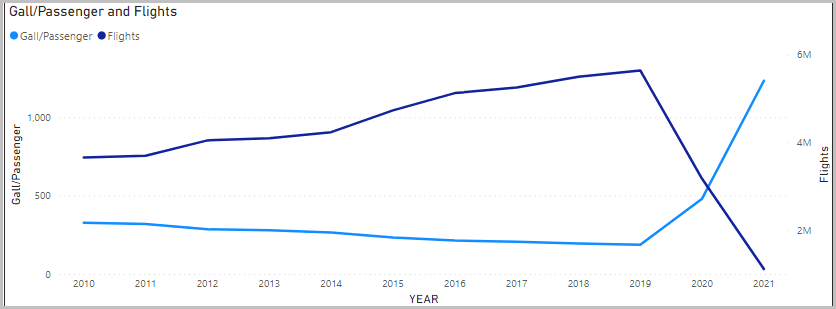
11 3 2021 3 40 03 PM
At the recent IATA AGM, senior executives were falling over themselves promising to “go green” with targets for 2030, then moved to 2050. The Chinese didn’t like the earlier target period and wanted it stretched out. This didn’t go over well within IATA, but actually may be the most honest approach.
Making commercial aviation green, or sustainable with net-zero emissions is quite a promise. Especially when you consider those making promises at the Boston AGM will either be retired by 2030 or no longer alive by 2050. They are kicking the can down the road. Young people, now in middle school or high school, who enter commercial aviation are going to have to deliver on that promise. Have mercy on them.
The goal of being net-zero is good – a cleaner environment is desirable. But the path to get there is murky – tough and uncertain. So much technology has still to be developed. Between now and then, the industry has to first figure out how to massively increase SAF production. By way of context, we heard this in Boston: “If all the world’s SAF was available our customer airline can fly for one day“. That is the size of the gap between demand and supply.
The US Dept. of Energy offers this view. Here’s a useful ICAO link on SAF. There is a demand and the supply is not close to being a solution and, what’s more, it costs several times that of equivalent in Jet-A. SAF producer SkyNRG produced this report. In this document, they state: “In total, approximately 300 SAF plants with an average SAF production capacity of around 100,000 metric tons per year will be needed by 2050 to fulfill the mandated demand. Only 15 plants are currently proposed and expected to be operational by 2027 based on announcements up to June 2021. In order to reach these 300 SAF plants, over 10 plants will need to be built each year in the EU between 2027 and 2050. ”
The first step with current technology engines requires a reduction in JetA (fossil fuel) and starts with a 50% SAF blend. Rolls-Royce has already undertaken SAF tests at 100%. There have been many SAF test flights and it is truly a “plug and play” solution. There’s just way too little of it and it costs much more than Jet-A.
There are several tests underway to develop hybrid powerplants for hydrogen/electric engines. The BBC has a neat story on this. Last week we saw the PR from Alaska Airlines and ZeroAvia about doing a conversion of a DHC Dash8. Looks great – but note the range on the Dash8 drops from 1,100 miles to 500 miles using the planned engine. Not a big problem when you consider how these aircraft are deployed. Then again ask an airline network planner how s/he feels about losing 50% range on a fleet. We are seeing range grow in importance and the more flexible an aircraft, the better. Also, this is a 76-seater. Hydrogen is wonderful, but it is going to take a long time to get from here to net zero. Forget transoceanic flights going net-zero anytime soon.
Consider this chart of US domestic traffic. About two-thirds of the traffic flies on 140-170 seaters. Any idea how long it will take to get that aircraft size hydrogen-powered? Airbus is a major proponent of hydrogen for the future. And they speak of the mid-2030s as the timeline. This is ambitious and we expect it might take longer.
We see that regional aircraft account for around 30% of the US traffic. This is clearly the segment where we are likely to see the first use of hydrogen, which will allow trans-ocean flights to focus on SAF. Even as the path towards net zero is murky we almost certainly will see several experiments tried.
Meanwhile, the industry already tries to squeeze every atom of energy from the Jet-A it uses. Bear in mind that fuel accounts for around one-third to 40% of an airline’s costs. US airlines show a steady reduction in fuel burned per passenger. And that occurred as the number of flights grew faster than the decline in fuel burn. There are items like longer segments and fewer 50-seater regional jets that impact the curves, but this is an impressive performance. Of course, 2020 was a bust.
A cleaner future for air travel is desirable, but beware of the virtue signaling from all corners.
Views: 1






